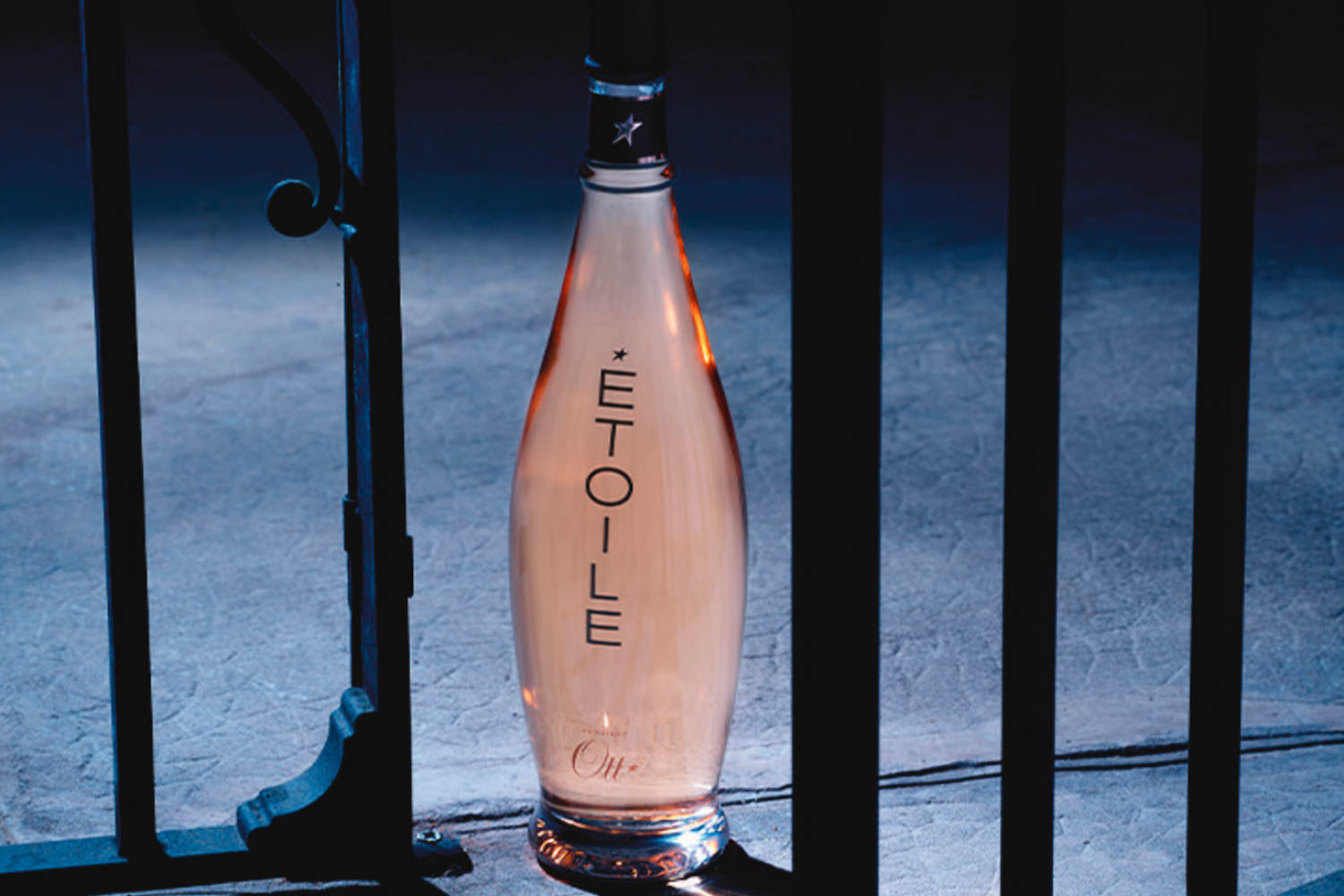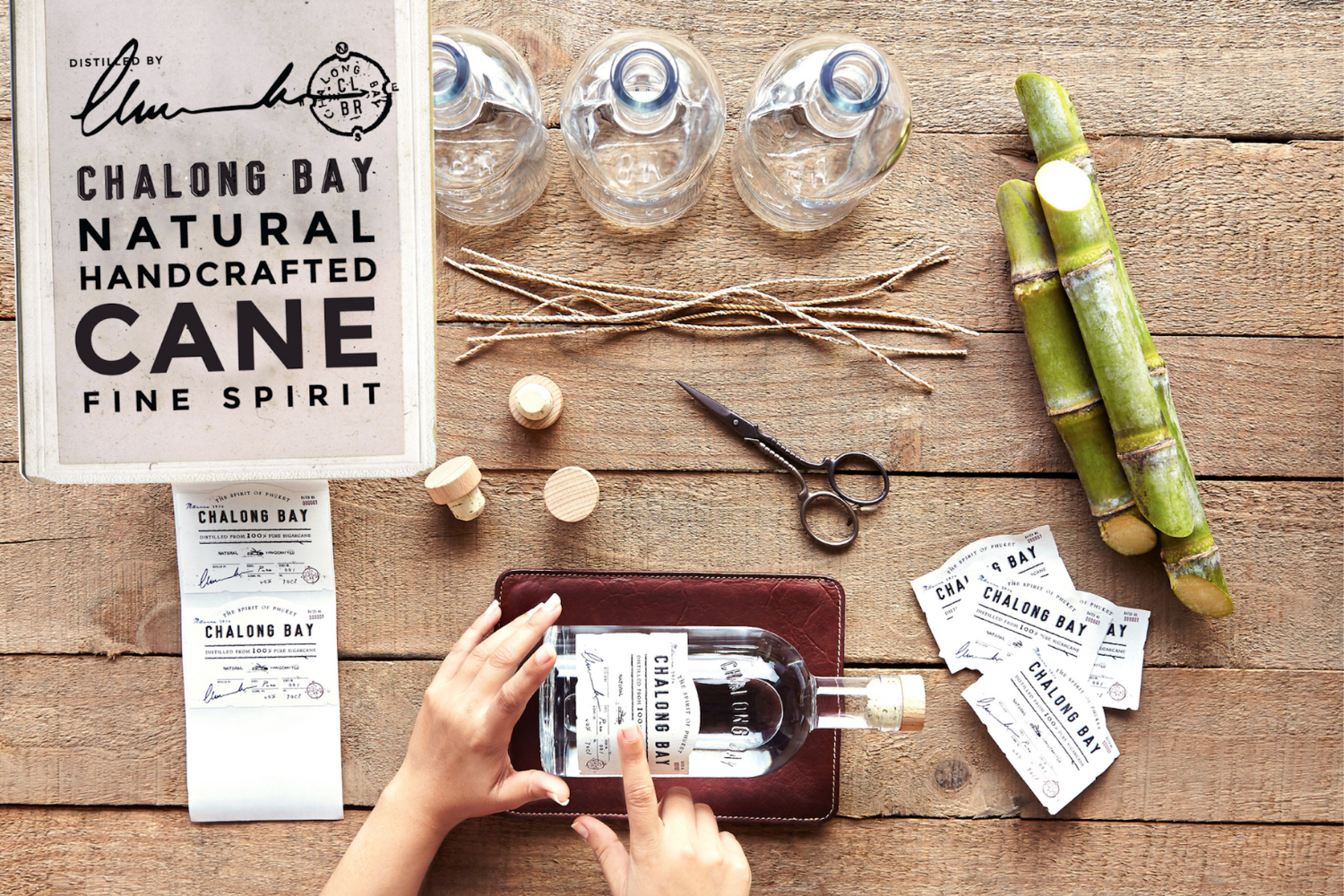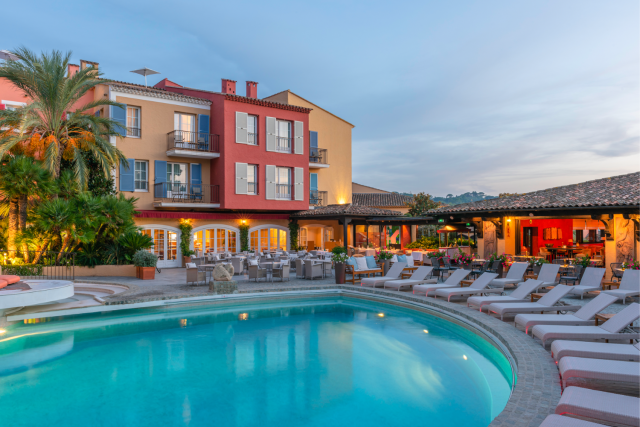Translated by Bethszabee Garner
With the warm season, already well established in France, comes the time for rosé. A so-called “thirst-quenching” wine, generally drunk as an aperitif, at campsites and when barbecuing with friends, which for a long time had the image of a cheap wine that was devastating for the stomach - and for the cranium - severely denigrated by wine connoisseurs, both experienced and novice. Because wine, like it or not, is indeed a new sign of social recognition. The favorite drink of the French has become a serious subject that fuels very serious conversations when it comes time for a tasting, of rosé or not, with amateur tasters who like to talk about their experience in front of an audience that they hope will be impressed by a discourse whose semantics often escape most people. But isn't wine above all about pleasure – olfactory, gustatory and aromatic–, sharing and culture? The culture of the vineyard but also the “culture of the mind”, in the words of Bernard Pivot, author of the famous and delightful Dictionnaire amoureux du Vin (Plon edition).
And when summer arrives and spirits are high, it brings with it its entourage of wines that could be described as “charming” and can be enjoyed without difficulty. Yes, it's time for rosé with its fruity, delicious nose and much appreciated freshness. A nectar that is described as “easy to drink” and “commercial,” as suggested by a large portion of the well-informed wine-drinking intelligentsia. However, rosé is certainly benefiting from a very buoyant fashion phenomenon, particularly among the younger generation of millennials: in 2021, 16 million people under the age of 35 were consuming rosé, which exceeded the consumption of white wine. In fact, rosé is a wine that is just as complex and structured as any vintage worthy of the name. It is probably the most difficult wine to make a success of, as it is not just a simple blend of red and white, which many people don't realize.
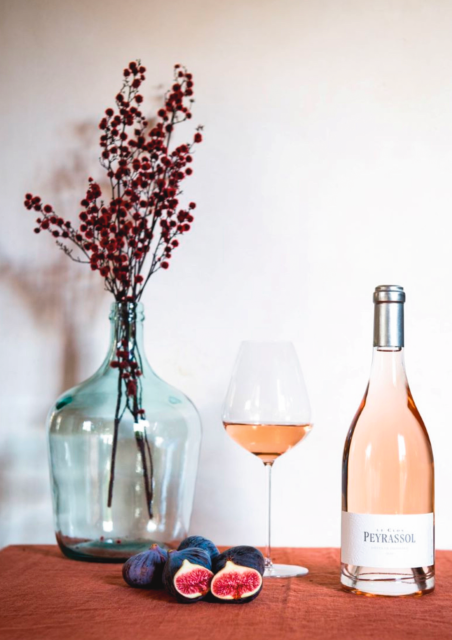
A whole story
Furthermore, rosé is said to be the very first wine, born in Provence with the Greeks who had just arrived in Marseille in 600 BC and brought their vines with them as they fled the city of Phocea. Legend has it - although this is all subject to debate - that the grapes produced by these Hellenistic vineyards gave us our first rosé wines, which were in fact red wines with a light color, hence the name Vinum clarum, given to the wine much later by the Romans.
However, it was not until the 14th century that the term “rosé” was associated with the color of a wine, first mentioned around 1300 by the Irish Dominican monk Jofroi de Waterford and reappearing 300 years later, in 1680, in the French dictionary by the grammarian and lexicographer César-Pierre Richelet. Two years later, in 1682, somewhere in the vineyards of Argenteuil, where the clear wine was the delight of the court of Louis XIV, the very first rosé wine of France was produced and named, that would spread throughout the country, in Anjou, in the Jura, in the southern Rhône region, particularly in Tavel, but also in Gaillac and in the Moselle region, where “clairets” wines were produced.

Provence : the core rosé region
As for history, Provence would have to wait until 1936 for rosé to make its appearance there. But today, the region is the "raison d'être" of rosé and has contributed to its interplanetary craze despite the presence of other rosé regions such as the Rhone Valley with the excellent Tavel rosés, the Loire and the Clos du Vigneau in Saint-Nicolas-de-Bourgueil, Bordeaux or even Languedoc-Roussillon with its Côtes-Catalanes wines such as those of the Cazes estate or Malepère (Domaine de la Sapinière).
More than 90% of the vineyards in Provence are dedicated to the production of AOC rosé wines, with the bulk of production coming from the region's three major appellations: Côtes-de-Provence, the largest and most important in terms of volume with five region designations, Coteaux-d'Aix-en-Provence and Coteaux-Varois-en-Provence, not forgetting the Petit Cru de Bandol, renowned for its Mourvèdre-based variety reds, but which produces great rosés that improve with time, like the wines of the Domaine de la Bégude. Because yes, rosé is a wine with aging potential that doesn't know it yet.... and, as is customary, to know if a rosé is really good, you have to taste it after one or two years.
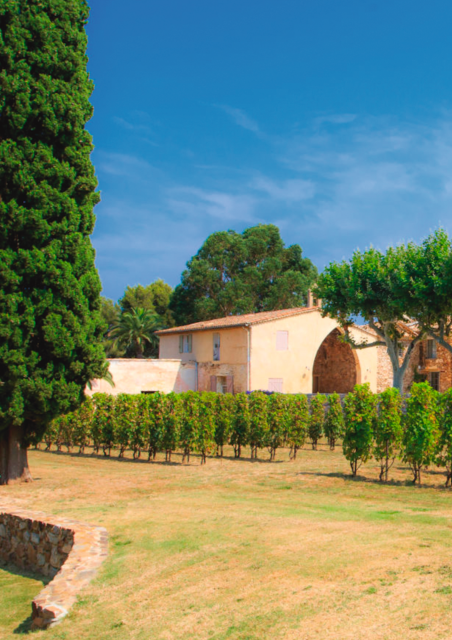
A wine that is becoming more popular on the biggest tables
So yes, rosé wine still has this image of being a wine for the masses, drunk on ice “piscine” style, on the terrace of a beach bar. And at a time when millions of French people are undoubtedly preparing to guzzle liters of the ill-liked wine of the industry to the point of getting a headache - if they choose wines of poor quality - some rosés, meanwhile, are now managing to play in the big leagues, standing shoulder to shoulder with the great whites and great reds.
So, to answer the question: “Are there any good rosés?” We will conclude with a positive answer. You only need to look at the rise in popularity of Provençal-style brands to see this, such as the ‘Rose et Or’ vintage from Minuty, Château Sainte Roseline, Château d'Esclans in the Var and its famous ”Garrus”, Ott estates with the “Clos Mireille”, Château Cavalier, “Clos du Temple”, a prestigious vintage this time from Languedoc by Gérard Bertrand, or even Bordeaux's Château Brown. All these labels and references can now be found on the wine lists of top restaurants and even Michelin-starred establishments, like the rosés from Château La Coste, which can be found on the menu of the George restaurant in the George V hotel in Paris. These so-called “gastronomic” wines that can be enjoyed all year round and that can greatly enhance the taste of prestigious dishes. The die is thus cast.
Article written by Arthur Frydman to be found in issue n°1 of OniriQ Magazine.


